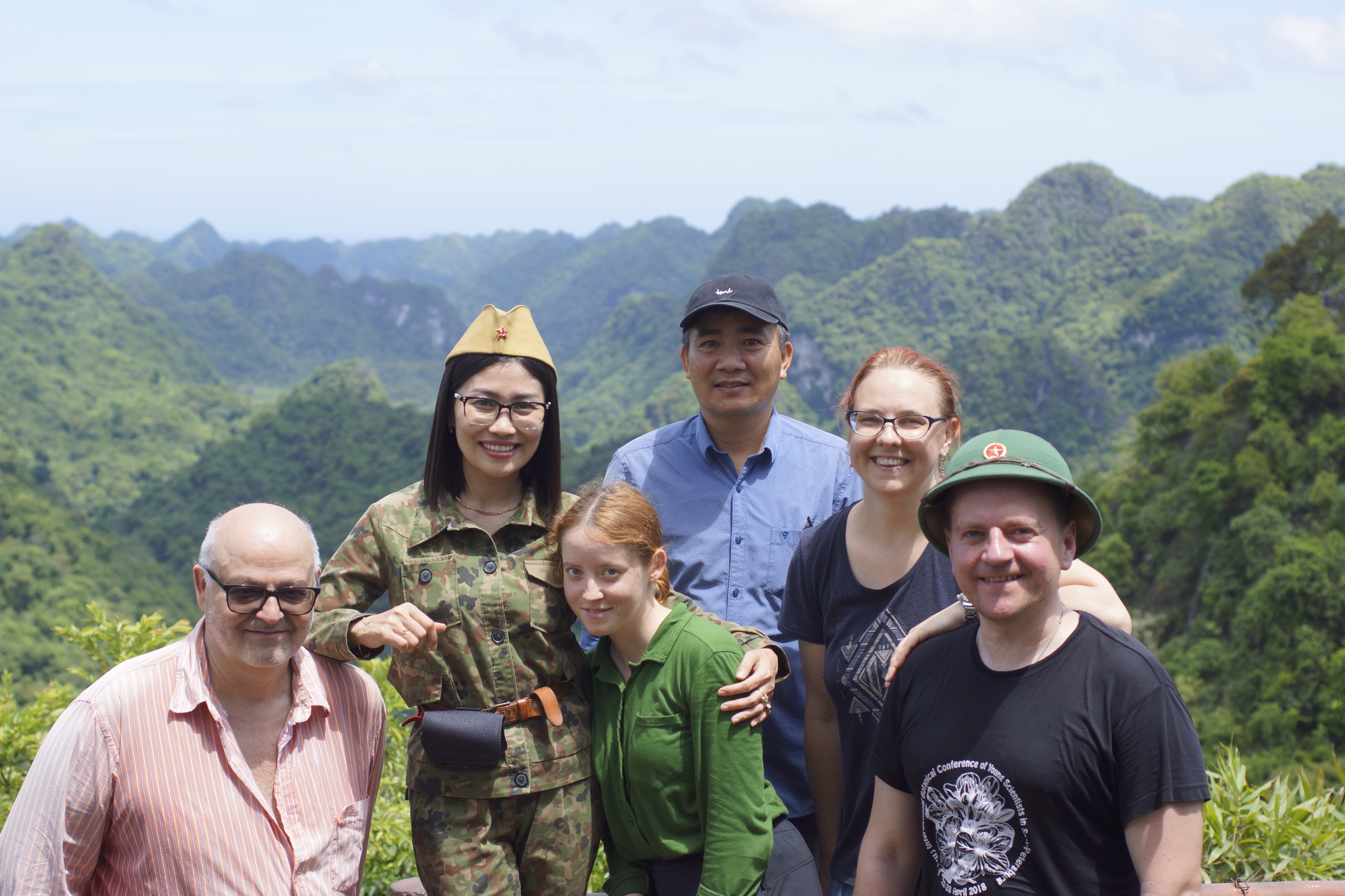Fungal diversity in Cat Ba National Park
18/07/2024Within the framework of a research project under the Science and Technology Research Program approved by the Coordinating Committee of the Joint Vietnam-Russia Tropical Science and Technology Research Center (VRTC), code E-1.5, tasks 1 and 2, a team of researchers from VRTC, in collaboration with scientists from the Komarov Botanical Institute of the Russian Academy of Sciences, conducted a survey from June 10 to 23, 2024, at Cat Ba National Park, Hai Phong city. The study was conducted in various areas, including the Nageia fleuryi forest, the mixed forest along the route to Ngu Lam Peak, the Tung Di plantation forest, the Tung Di bamboo forest, the pine forest, and the broadleaf forest along the Environmental Education route.
Research team.
During the survey, the research team recorded 72 species of macrofungi, 50 species of lichens, and 5 species of lichenophilic fungi (observed with the naked eye).
The greatest taxonomic and ecological diversity was observed in aphyllophoroid fungi, predominantly saprotrophs on woody substrates, mycorrhizal fungi in soil, and pathogens of certain species. Among the identified species, all the main morphological groups of Basidiomycetes were represented by the genera: Antrodia, Ganoderma, Hexagonia, Microporus, Phellinus, Postia, Rhodofomes; corticioid fungi (genera Hymenochaete, Peniophora, Phanerochaete, Phlebia, Trechispora, Xylodon), clavioid fungi (Lentaria sp.), thelephoroid fungi (Thelephora sp.), and tremelloid fungi (Auricularia cf. auricular-judae).
Notably, the Agaricoid fungi recorded at Cat Ba National Park are characterized by small fruiting bodies and are found only on substrates of fallen leaves or branches. The most common representatives are species from the genera Marasmius, Marasmiellus, and Gymnopus. The research team did not record any symbiotic fungi in this area. This could be explained by the hot and dry weather (above 30°C) during the study period, which negatively affected the formation of fruiting bodies of Agaricoid fungi.
Lichens were found mainly on the bark and leaves of certain tree species; macrolichens are extremely rare and identified only within the Parmeliaceae family; no lichens were found on the soil. The lichen flora of Cat Ba National Park differs significantly from that of other mountainous regions of Vietnam, such as Bidoup-Nui Ba National Park, where lichens are much more widespread and diverse. During the study period, the biodiversity of lichenicolous fungi in Cat Ba National Park was notably lower than in Bidoup-Nui Ba National Park. The most interesting findings were made on epiphytic lichens, particularly species similar to representatives of the genera Ampullifera and Sphaerellothecium.
Photos of some fungi species in Cat Ba National Park:
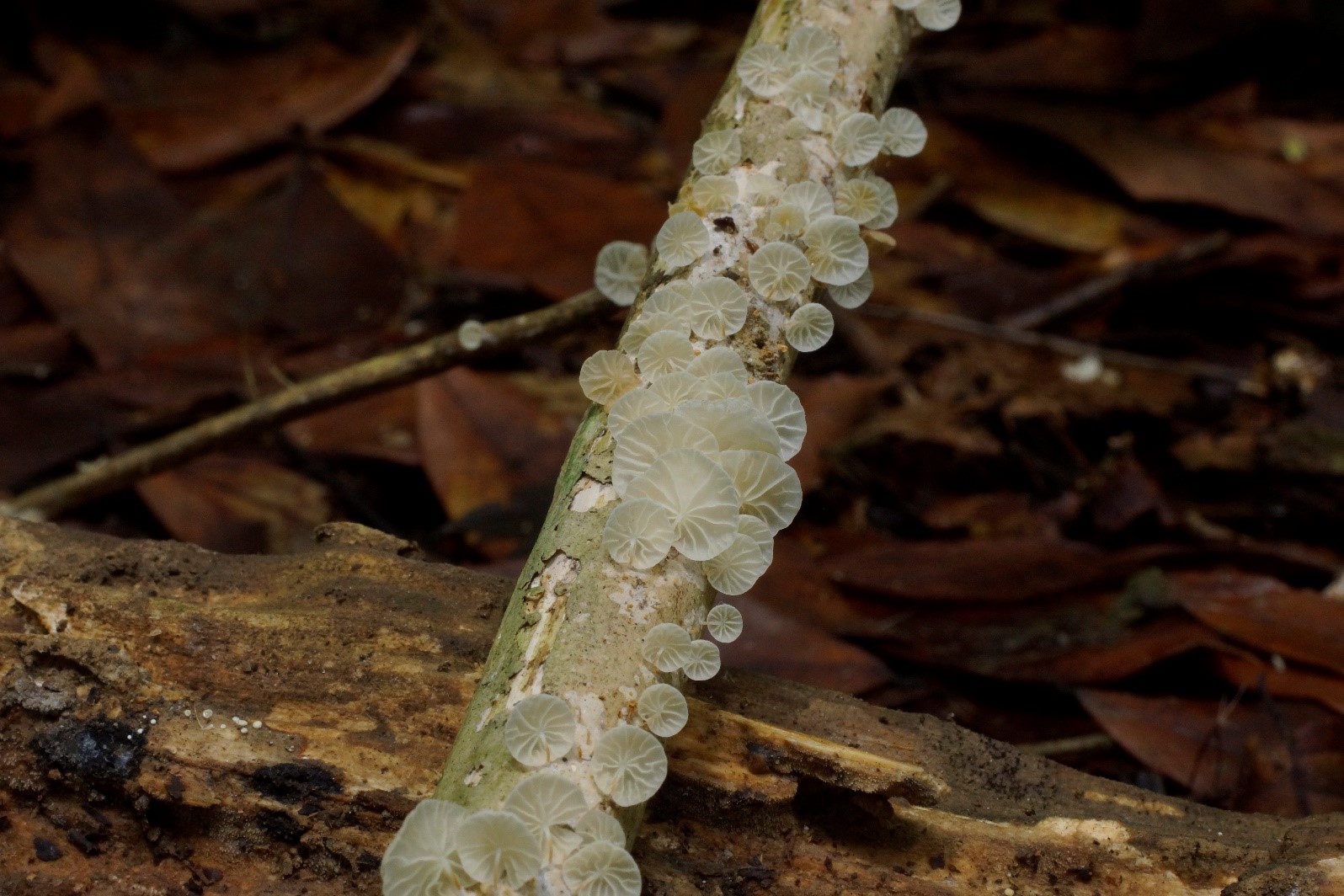
Marasmiellus sp. 1
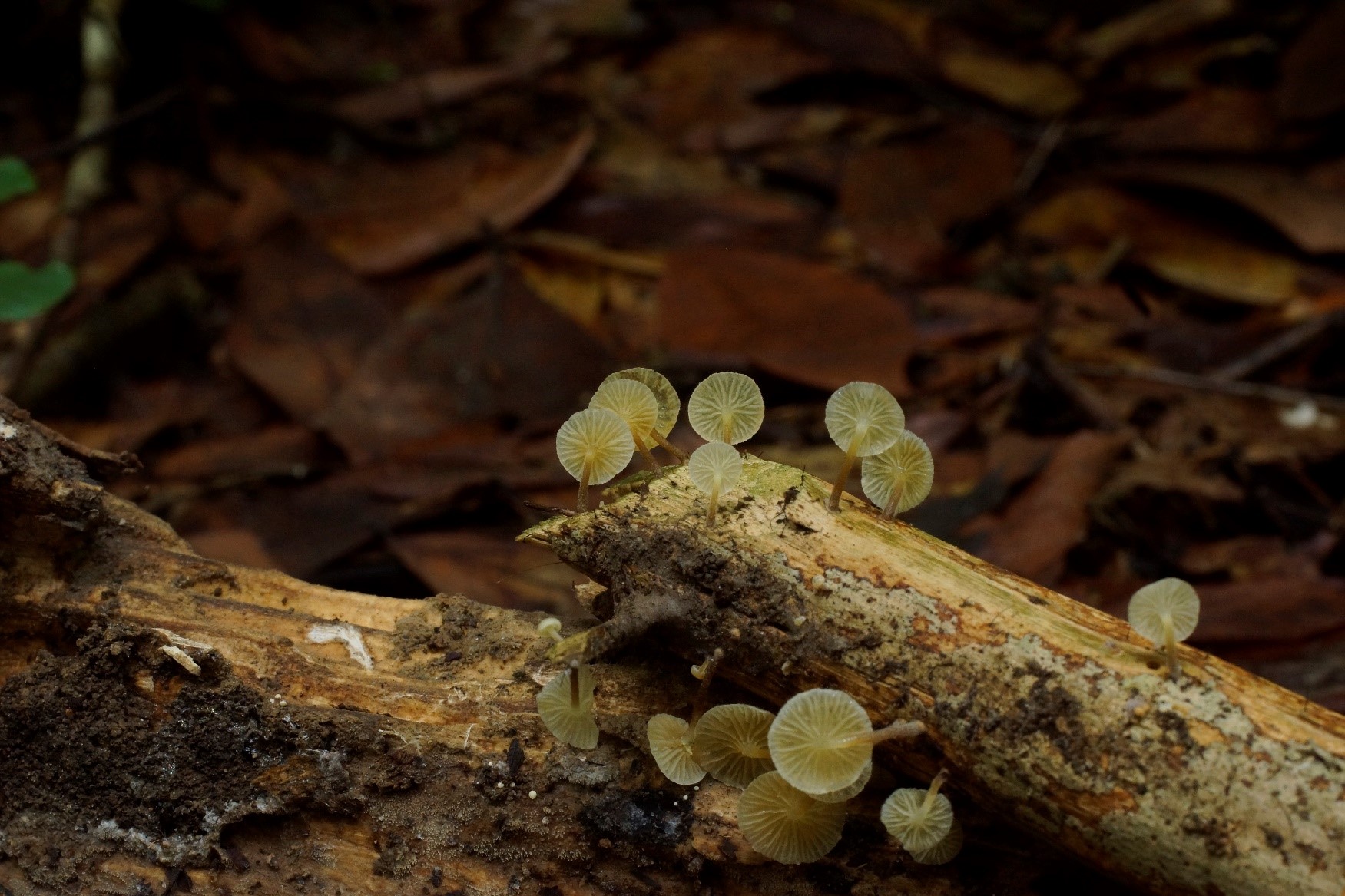
Marasmiellus sp. 2
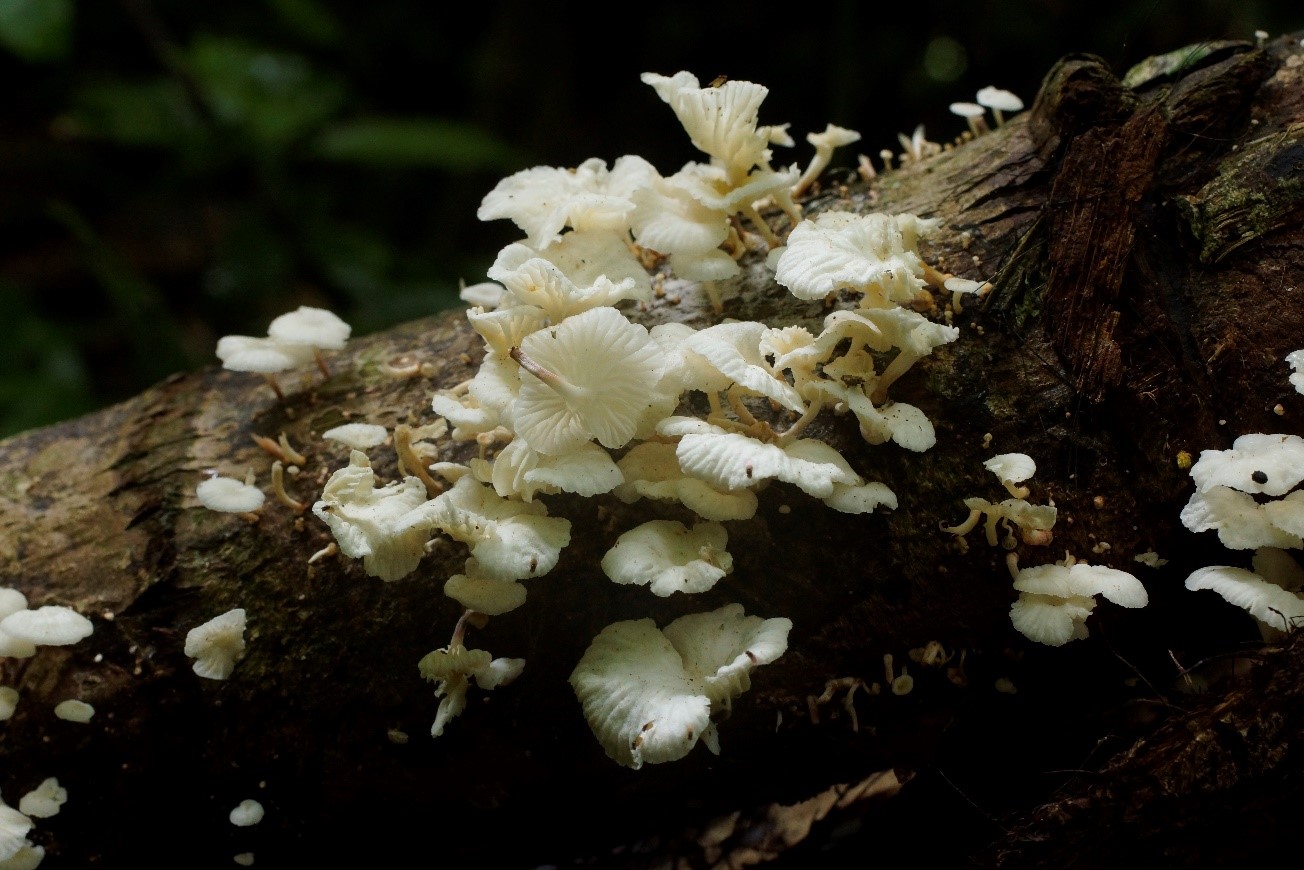
Marasmiellus sp. 3
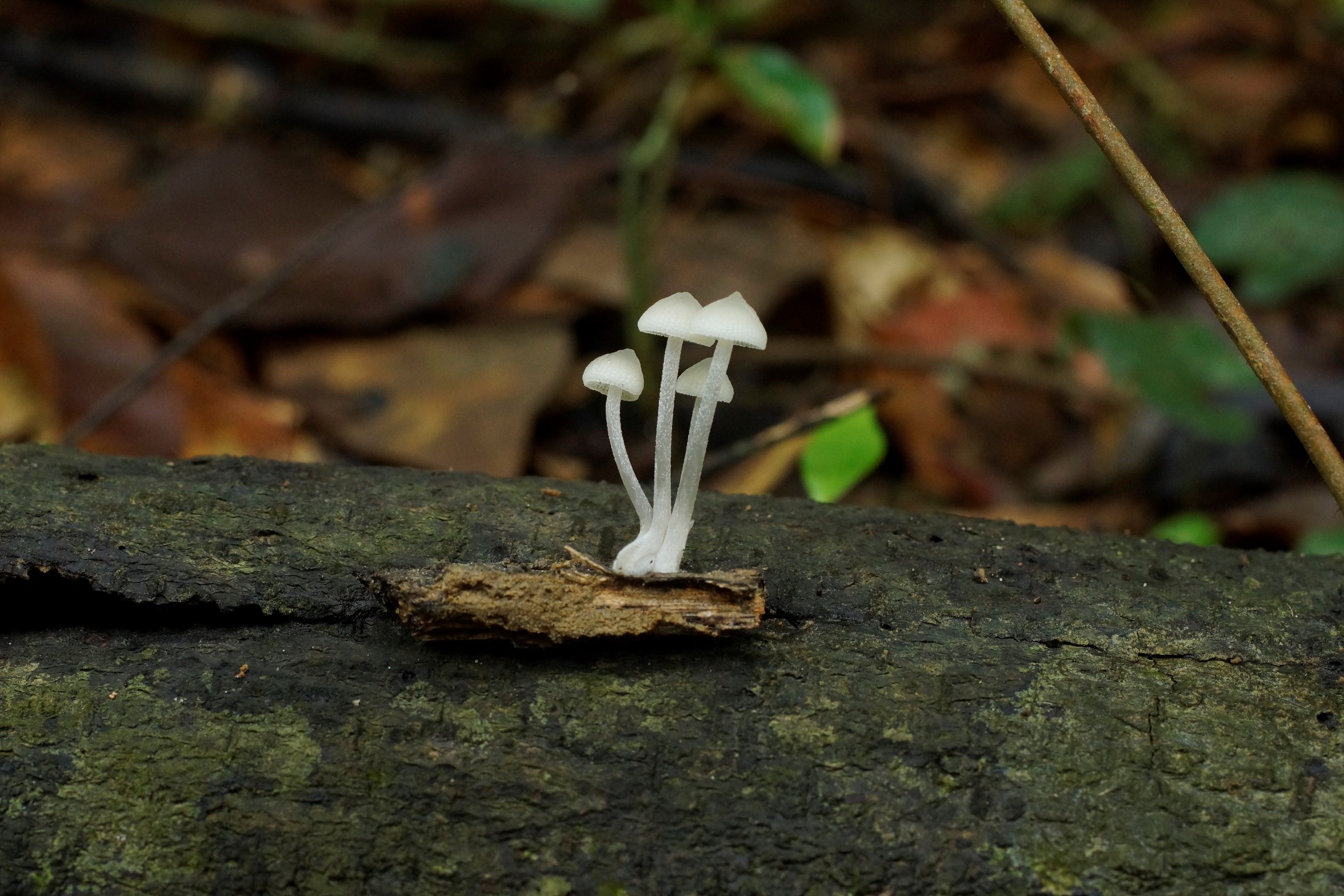
Filoboletus manipularis
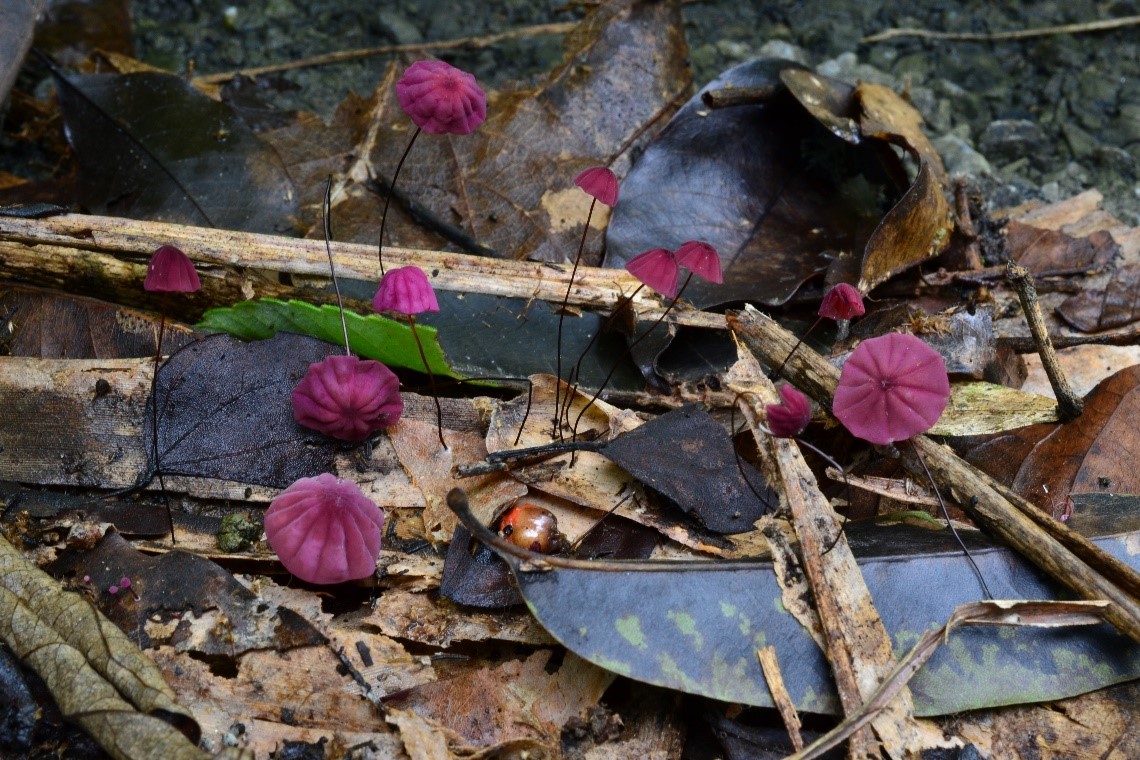
Marasmius cf. haematocephalus
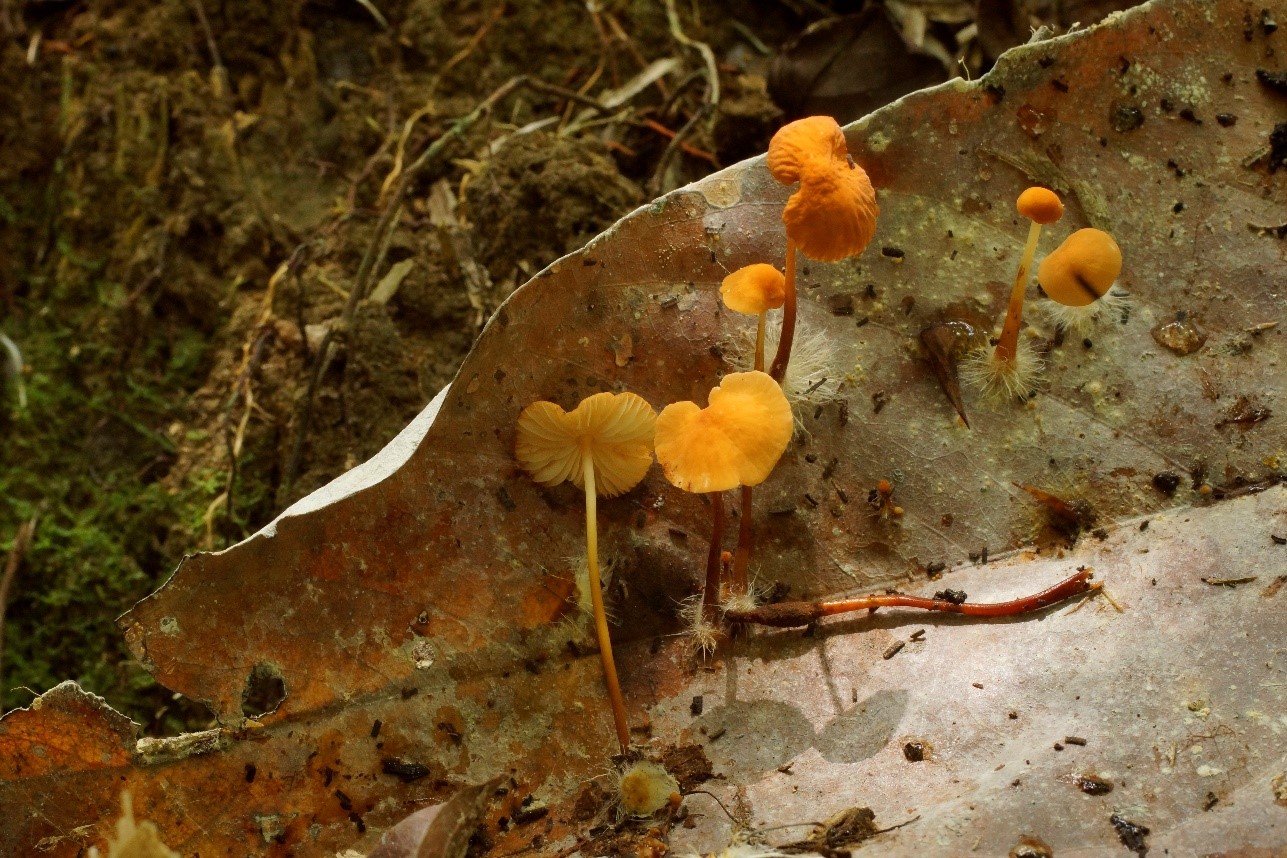
Marasmius sp. 3
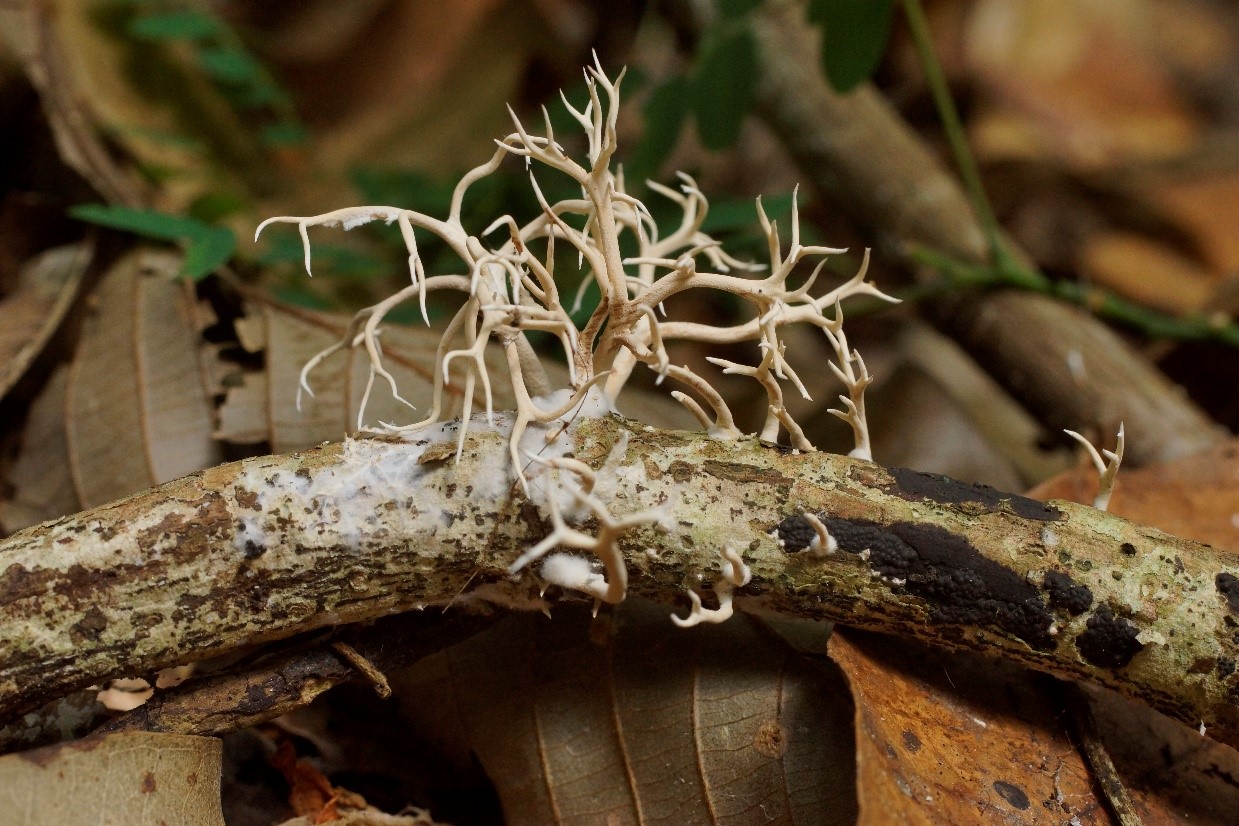
Lentaria sp.
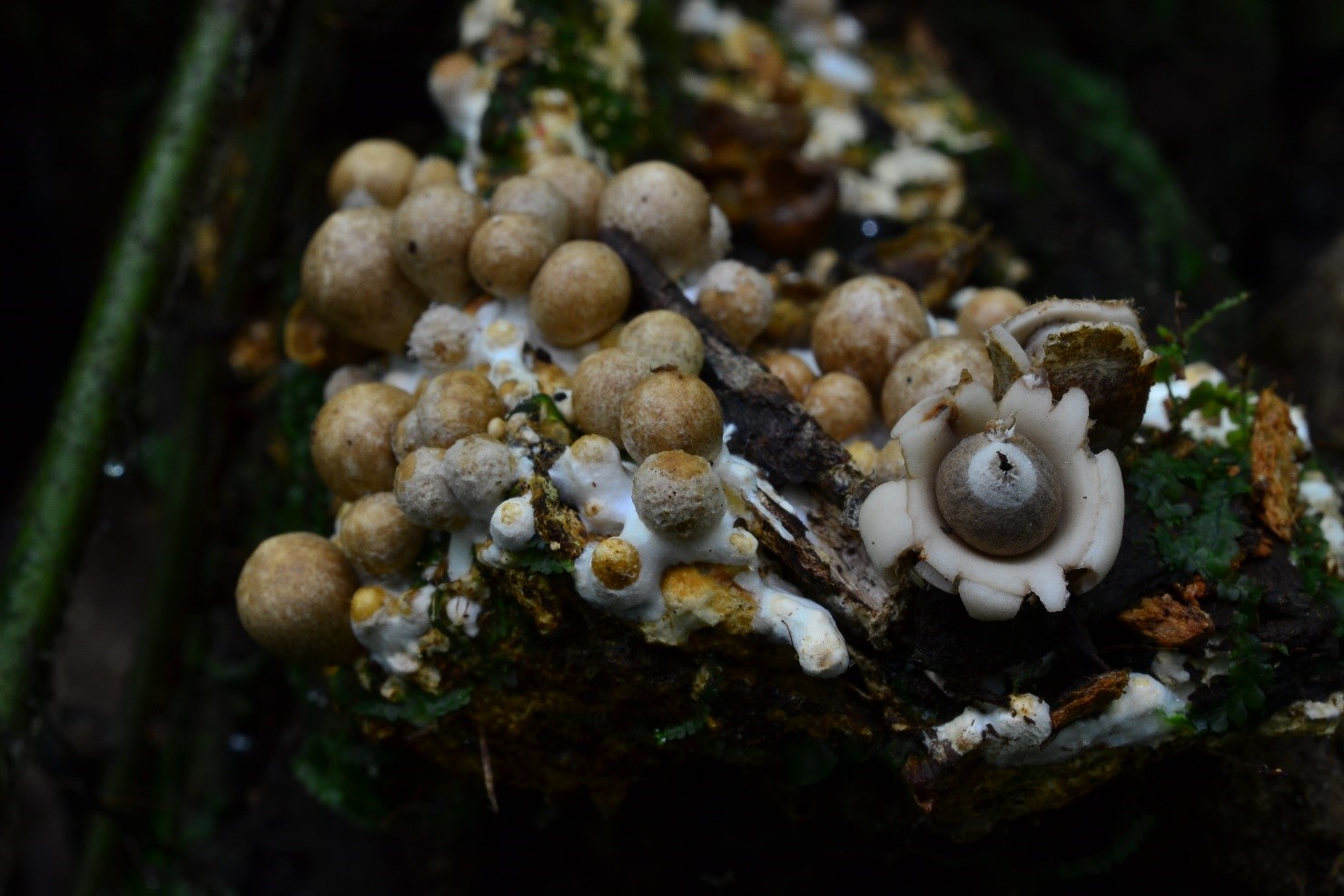
Geastrum sp.
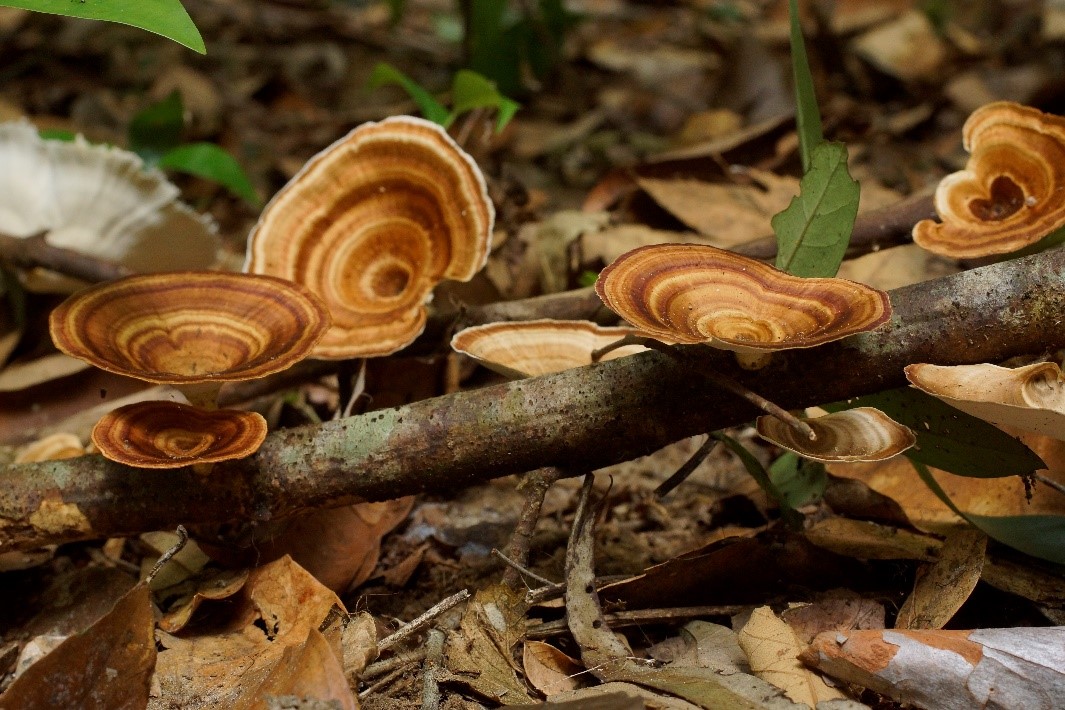
Microporus sp. 2
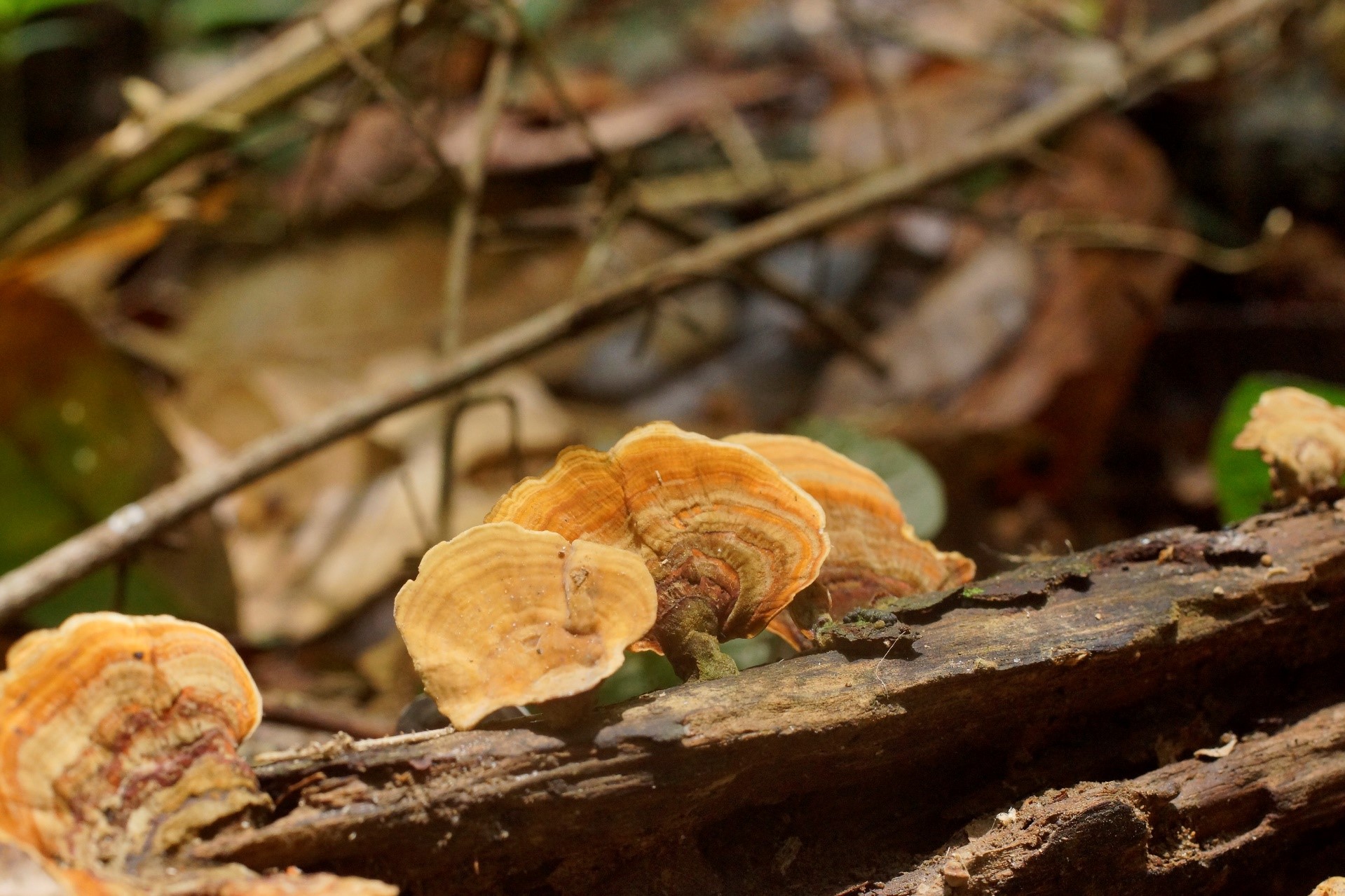
Stereum sp.
Author: Pham Thi Ha Giang, Ph.D (Institute of Tropical Ecology)
Ngoc Nguyen translated






